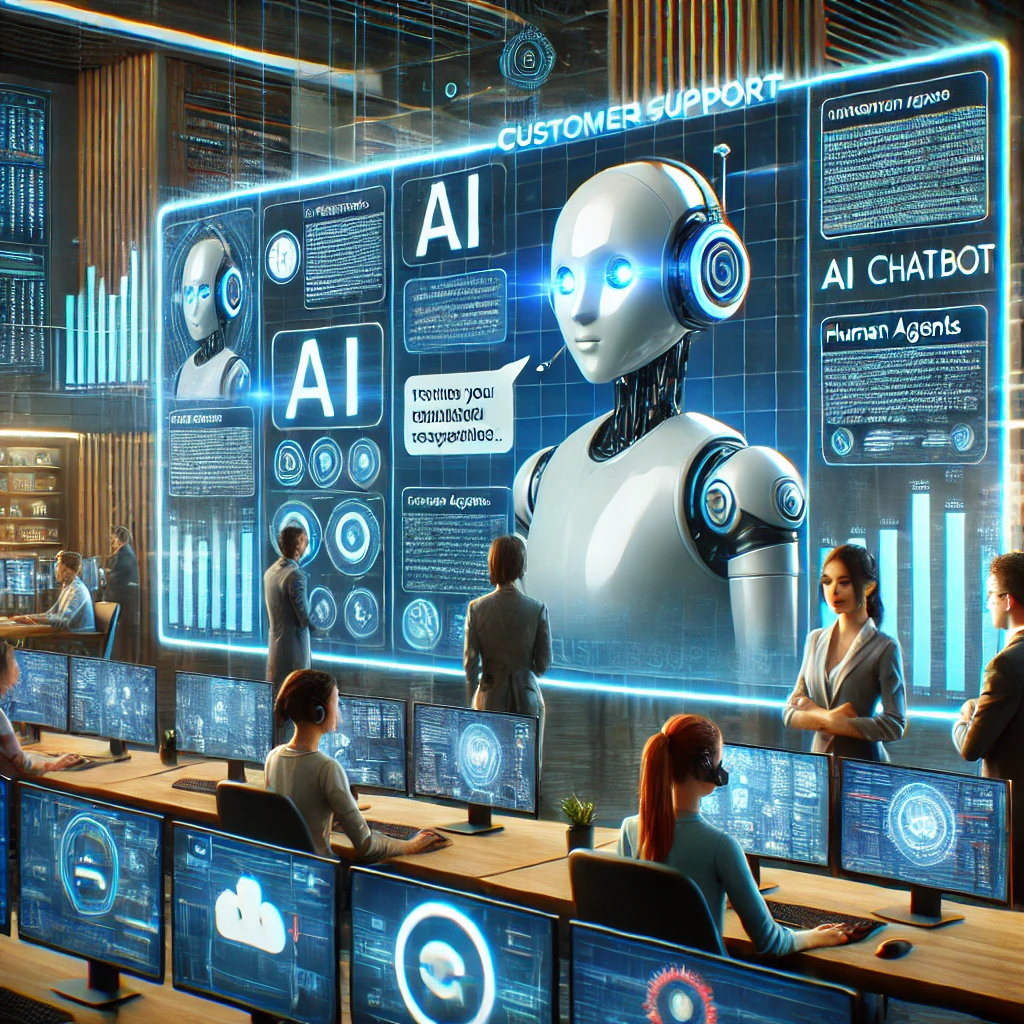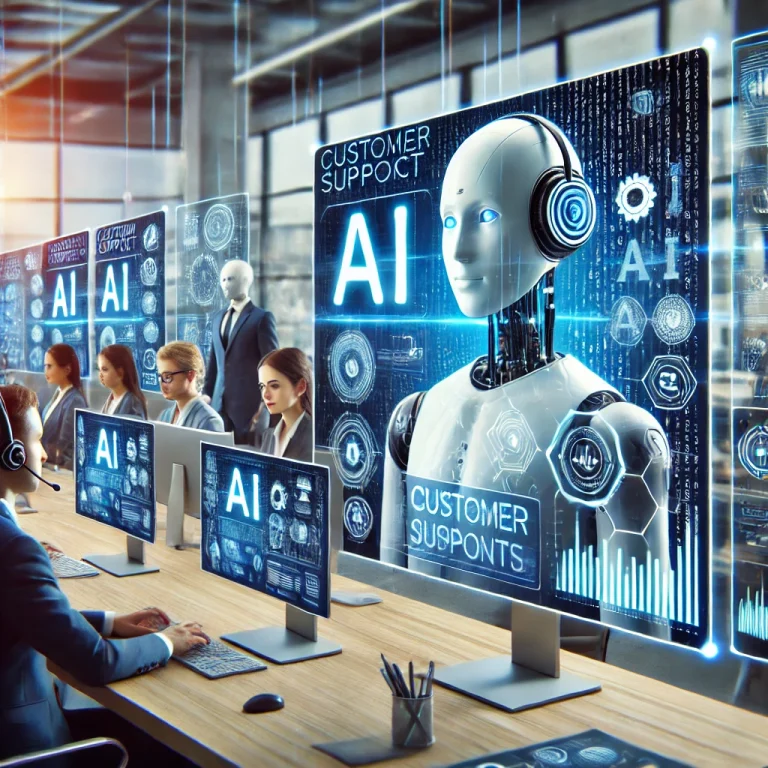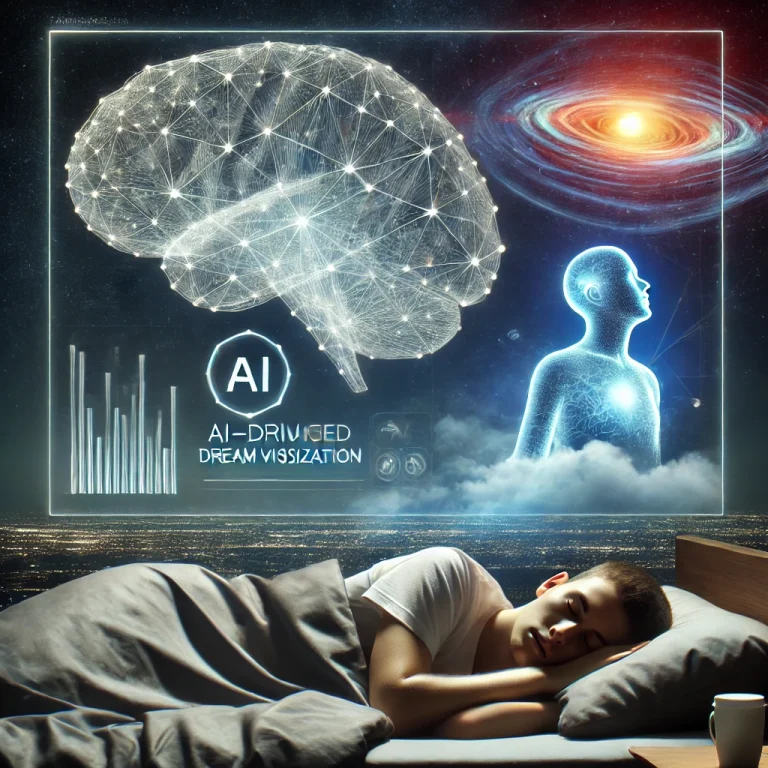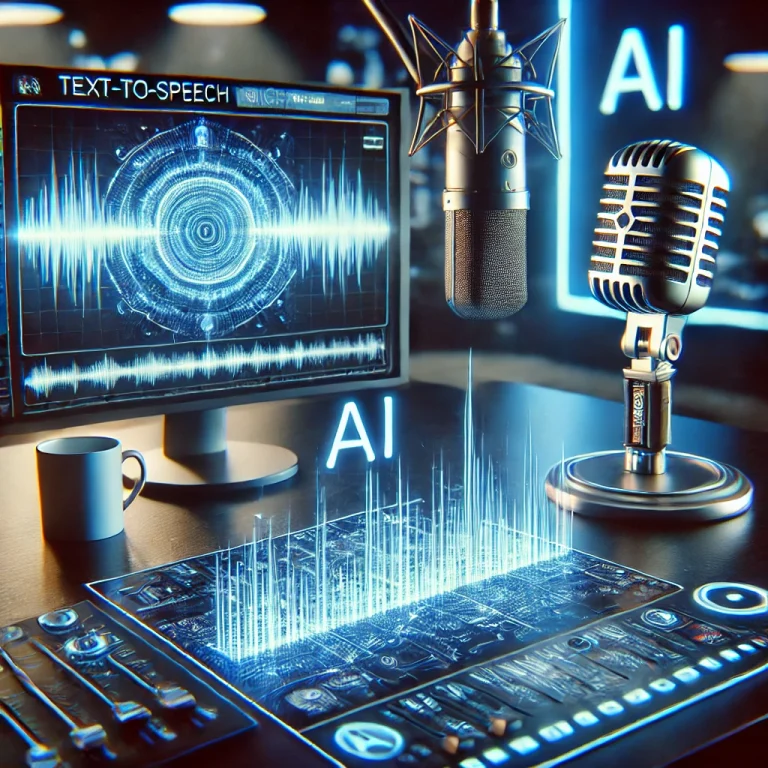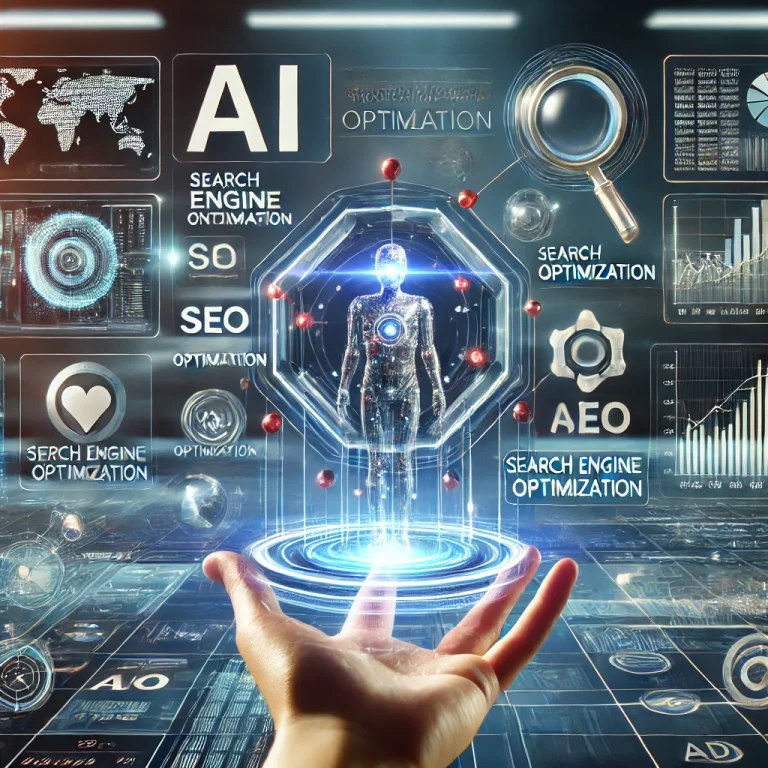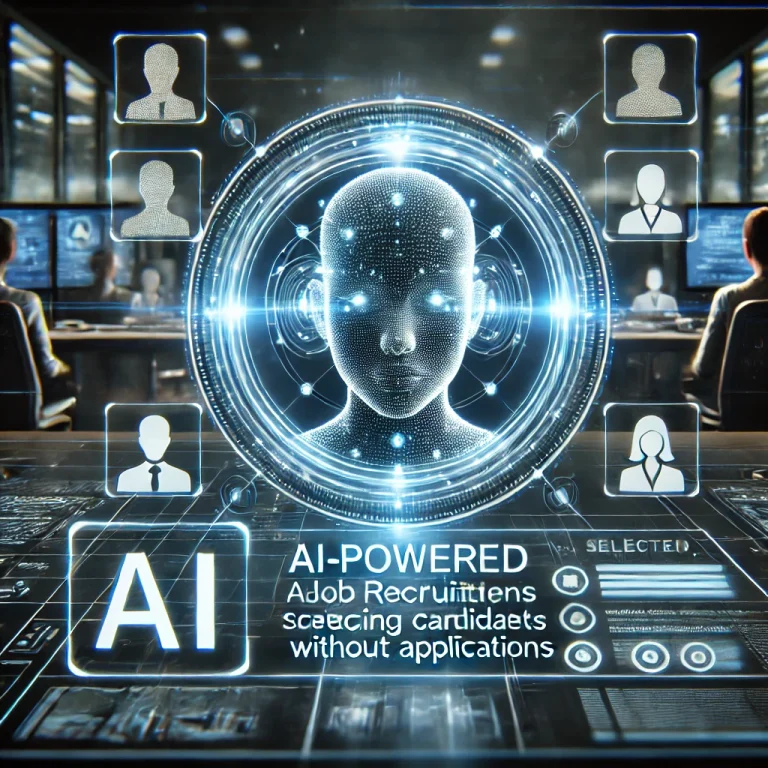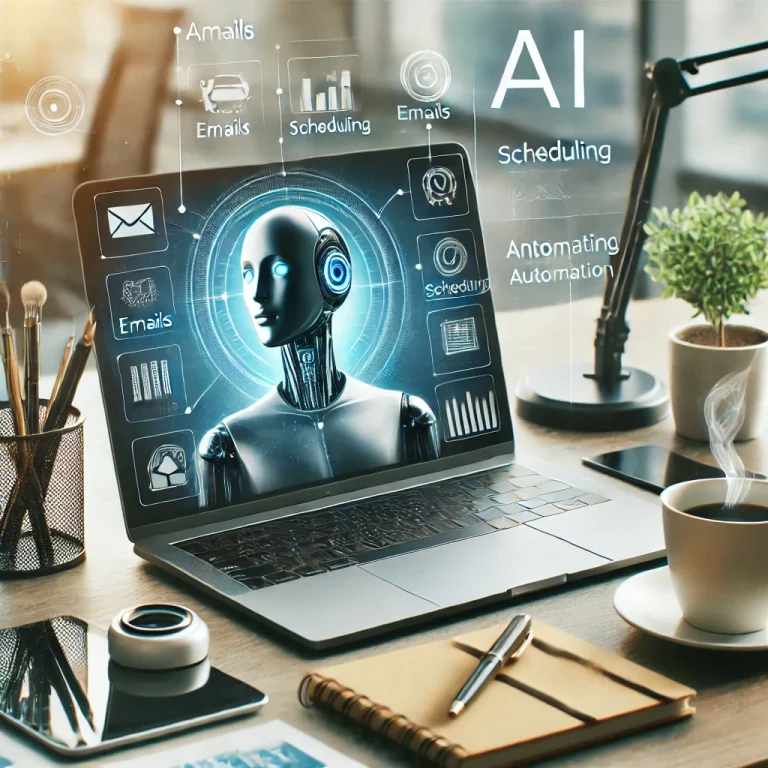AI-Powered Chatbots vs. Human Support: Which One is More Effective? 🤖💬👥
Customer support is the backbone of any successful business. But in today’s fast-paced digital world, companies must decide whether to rely on AI-powered chatbots or stick with human support teams.
With advancements in Artificial Intelligence (AI) and Natural Language Processing (NLP), chatbots have become smarter, faster, and more efficient. But can they truly replace human agents, or do humans still provide better customer service?
This guide explores the strengths and weaknesses of AI chatbots vs. human support, helping you determine which one is more effective for your business.
📌 AI Chatbots vs. Human Support: What’s the Difference?
| Factor | AI Chatbots 🤖 | Human Support 👥 |
|---|---|---|
| Response Time | Instant replies 24/7 | Can have delays & wait times |
| Scalability | Handles thousands of queries simultaneously | Limited by workforce capacity |
| Cost Efficiency | Reduces labor costs significantly | Higher operational costs |
| Complex Issue Handling | Struggles with emotional & complex cases | Excels at handling unique & emotional concerns |
| Learning Ability | Uses AI & machine learning to improve over time | Needs human training & experience |
| Personalization | Limited personalization based on algorithms | Can provide real-time empathy & deeper understanding |
| Error Handling | May misinterpret unique requests | Can clarify & correct issues instantly |
| Multilingual Support | Can support multiple languages instantly | Requires trained multilingual agents |
📌 Key Takeaway: AI chatbots excel at handling basic & repetitive queries quickly, while human support is essential for complex and emotionally sensitive cases.
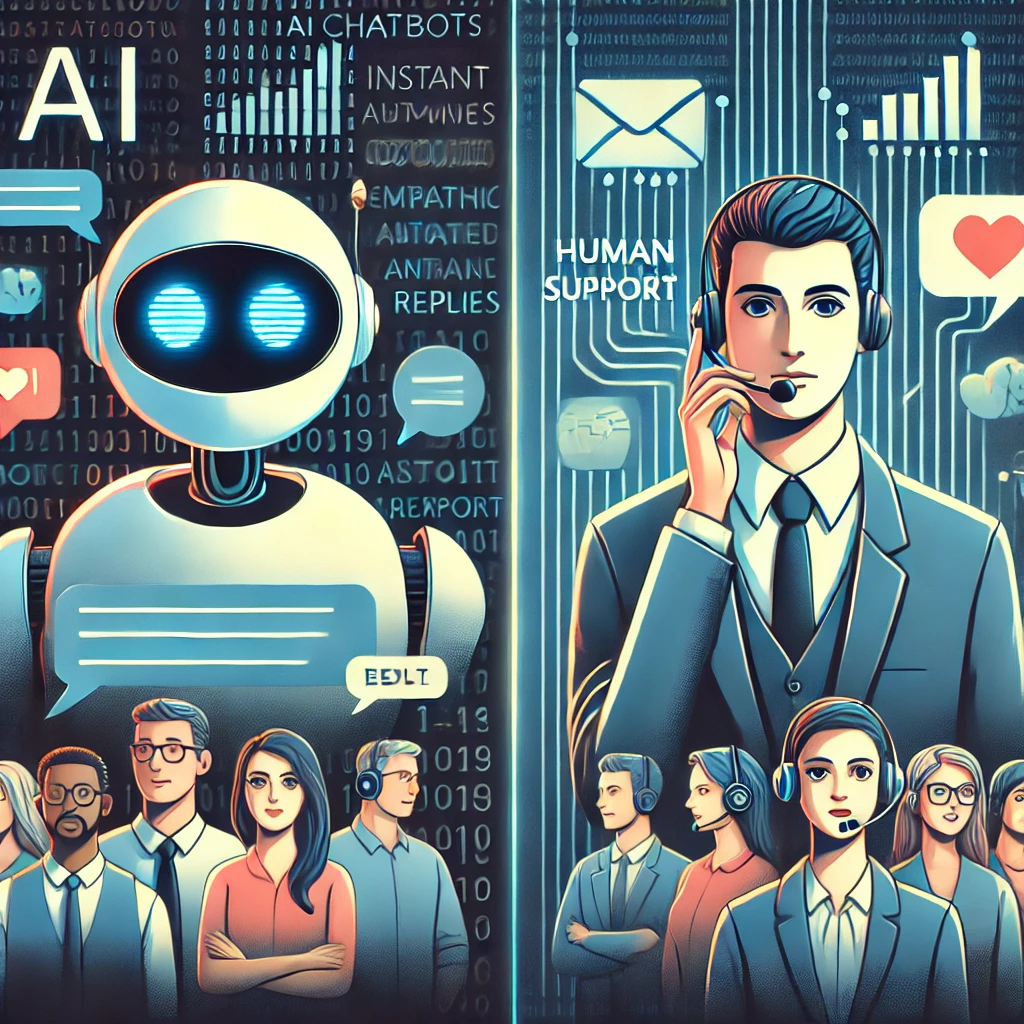
🚀 Benefits of AI-Powered Chatbots in Customer Support
AI chatbots automate customer service, improving efficiency and reducing costs. Here’s why businesses are increasingly using AI chatbots:
1️⃣ Instant 24/7 Support 🌍⏳
Unlike human agents, AI chatbots provide round-the-clock customer support, ensuring customers receive instant responses at any time.
💡 Example: E-commerce stores use AI chatbots to answer FAQs, process orders, and handle returns without human intervention.
2️⃣ Scalability: Handling Thousands of Customers at Once 🏢📈
AI chatbots can manage multiple customer interactions simultaneously, unlike human agents who can handle only one conversation at a time.
💡 Example: A telecom company can use AI chatbots to handle thousands of billing inquiries simultaneously, reducing wait times.
3️⃣ Cost Reduction 💰
Companies can save up to 30-50% on customer service costs by replacing human agents with AI-powered chatbots.
💡 Example: Businesses using AI chatbots for customer service have reduced labor costs while maintaining high customer satisfaction.
4️⃣ Personalized & Data-Driven Responses 📊🎯
AI chatbots analyze customer data, preferences, and past interactions to provide tailored responses.
💡 Example: AI chatbots in retail stores suggest personalized product recommendations based on user behavior.
🔹 Limitations of AI Chatbots: Why Human Support is Still Essential
Despite their advantages, AI chatbots have limitations that human agents can overcome:
1️⃣ Lack of Emotional Intelligence 😔
AI chatbots cannot fully understand human emotions, frustration, or urgency, which can be crucial in customer interactions.
💡 Example: A chatbot might struggle to empathize with an angry customer demanding a refund, whereas a human agent can handle the situation better.
2️⃣ Struggles with Complex or Unstructured Queries ❓
AI chatbots are rule-based and work best with structured, predictable questions. They may fail when handling complex, multi-step issues.
💡 Example: A chatbot might struggle to resolve a technical IT support issue, requiring human intervention.
3️⃣ Limited Problem-Solving Abilities 🛠
AI chatbots rely on predefined algorithms and machine learning models. If a request falls outside their training data, they may give inaccurate or irrelevant responses.
💡 Example: AI chatbots in healthcare may misinterpret symptoms, requiring human doctors or nurses to step in.
🔹 When to Use AI Chatbots vs. When to Use Human Support?
| Scenario | AI Chatbots 🤖 | Human Support 👥 |
|---|---|---|
| Answering FAQs | ✅ | ❌ |
| Handling Order Processing & Payments | ✅ | ❌ |
| Resolving Complex Customer Complaints | ❌ | ✅ |
| Providing Technical Support | ❌ | ✅ |
| Managing Refunds & Returns | ✅ | ❌ (Only for policy-based returns) |
| Offering Personalized Shopping Assistance | ✅ | ❌ |
| Handling Emotional or Sensitive Issues | ❌ | ✅ |
📌 Key Takeaway: AI chatbots work best for automated, repetitive tasks, while human agents are necessary for complex, sensitive, and unique situations.
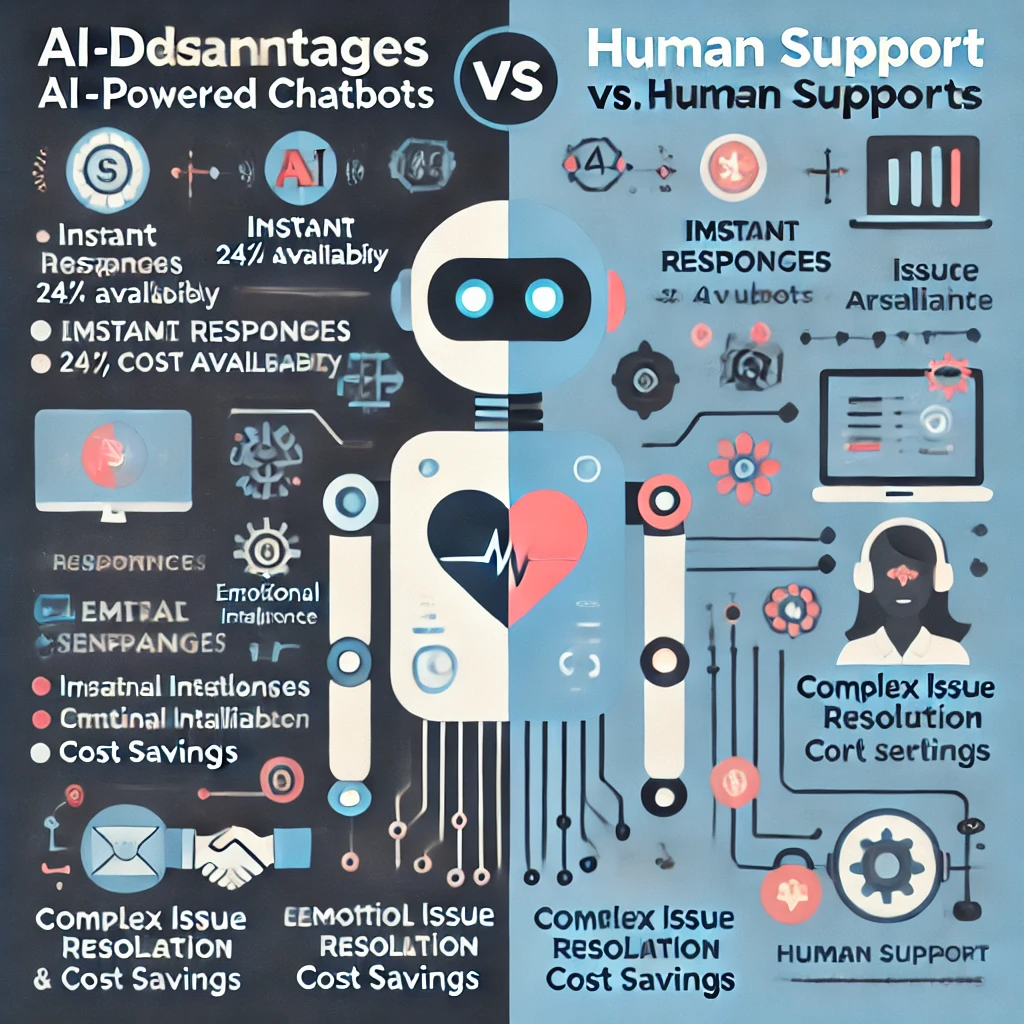
🔹 Hybrid Approach: The Best of Both Worlds 🌟
To maximize efficiency and customer satisfaction, many businesses are combining AI chatbots with human support.
🔹 How to Implement a Hybrid AI + Human Support System?
✅ Step 1: Use AI Chatbots for Basic Queries
- Automate FAQs, order tracking, and account inquiries using chatbots.
- Reduce workload on human agents by filtering simple issues.
✅ Step 2: Escalate Complex Issues to Human Agents
- If a chatbot cannot resolve an issue, it should seamlessly transfer the conversation to a live human agent.
- Ensure that the human agent has full context of the chat history to provide smooth assistance.
✅ Step 3: Use AI for Customer Insights & Analytics
- AI can analyze customer interactions to identify trends and improve future support.
- Businesses can use AI data to train human agents for better responses.
📌 Example: Many companies like Amazon, Apple, and major banks use AI chatbots for instant queries and human support for complex problems.
🔮 Future of AI Chatbots in Customer Support
AI chatbots are continuously improving, and the future of customer support will be more AI-driven.
Upcoming AI Chatbot Innovations:
🚀 Conversational AI with Emotional Intelligence – AI will detect emotions and respond with empathy.
🚀 AI-Powered Voice Bots – Chatbots will handle phone support as well as live chat.
🚀 Advanced NLP & Multilingual Support – AI chatbots will offer seamless multilingual customer service.
🚀 AI-Human Collaboration – Chatbots and human agents will work together in real-time for optimal support.
📌 By 2030, over 85% of customer interactions will be managed by AI chatbots, with human agents handling only complex cases.
🎯 Conclusion: Which is More Effective? AI Chatbots or Human Support?
🚀 AI Chatbots Are More Effective for:
✔ Instant responses & 24/7 availability
✔ Handling high-volume, repetitive tasks
✔ Automating simple customer inquiries & transactions
👥 Human Support Is More Effective for:
✔ Complex & emotionally sensitive customer interactions
✔ Problem-solving and decision-making
✔ Building long-term customer relationships
👉 Best Solution? Use a Hybrid AI + Human Support Model! 💡
Combining AI chatbots with human agents ensures efficiency, cost savings, and customer satisfaction.
💡 Want to upgrade your customer support? Start integrating AI chatbots while keeping human agents for advanced support needs! 🚀
📢 Stay ahead in AI-driven customer service! Subscribe to our blog for the latest trends & innovations.
